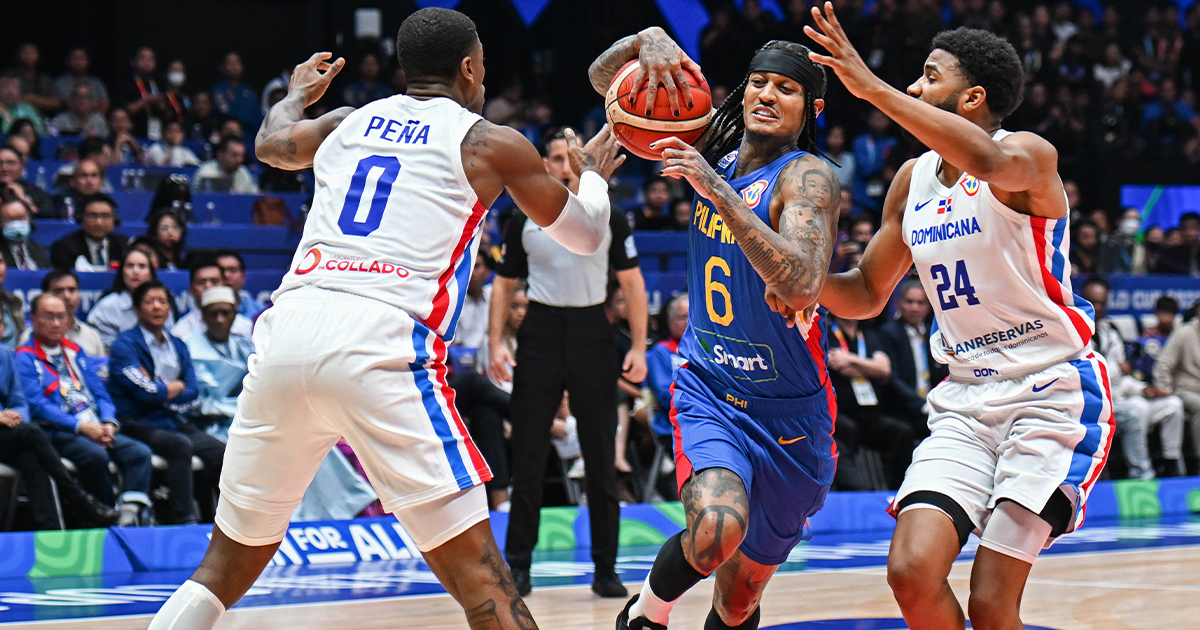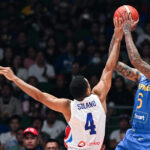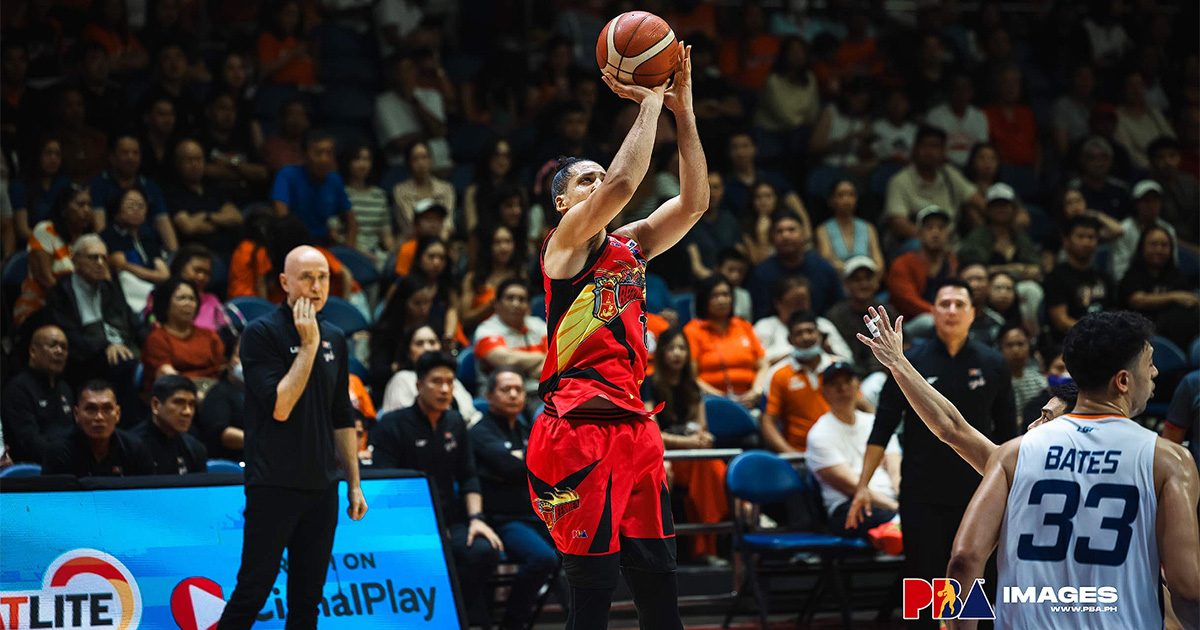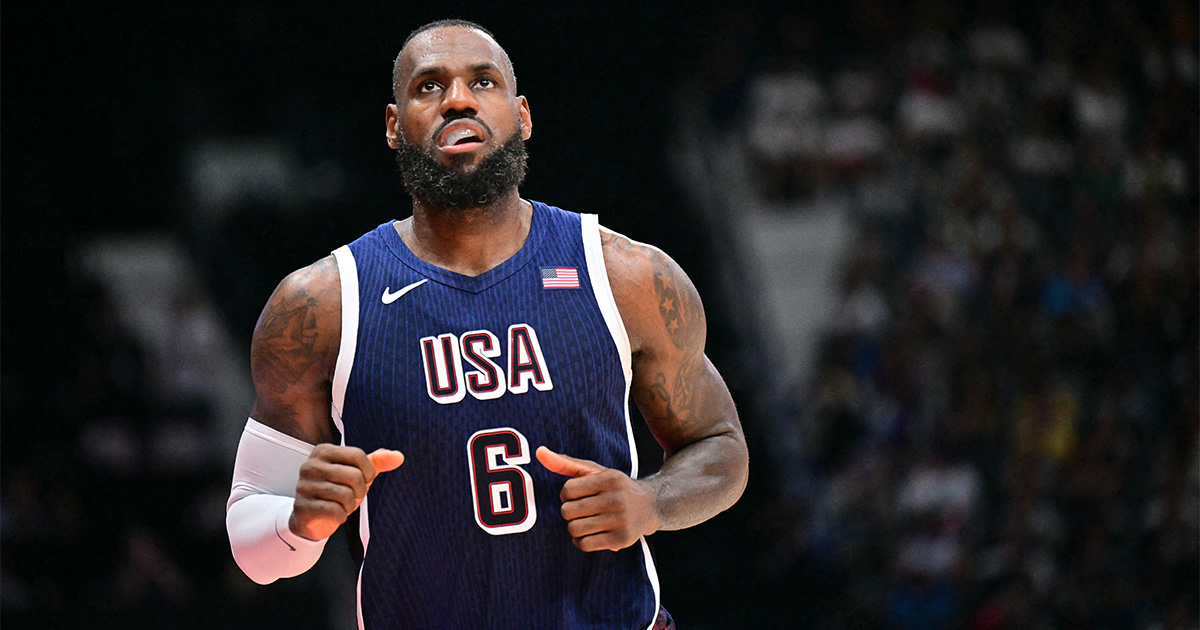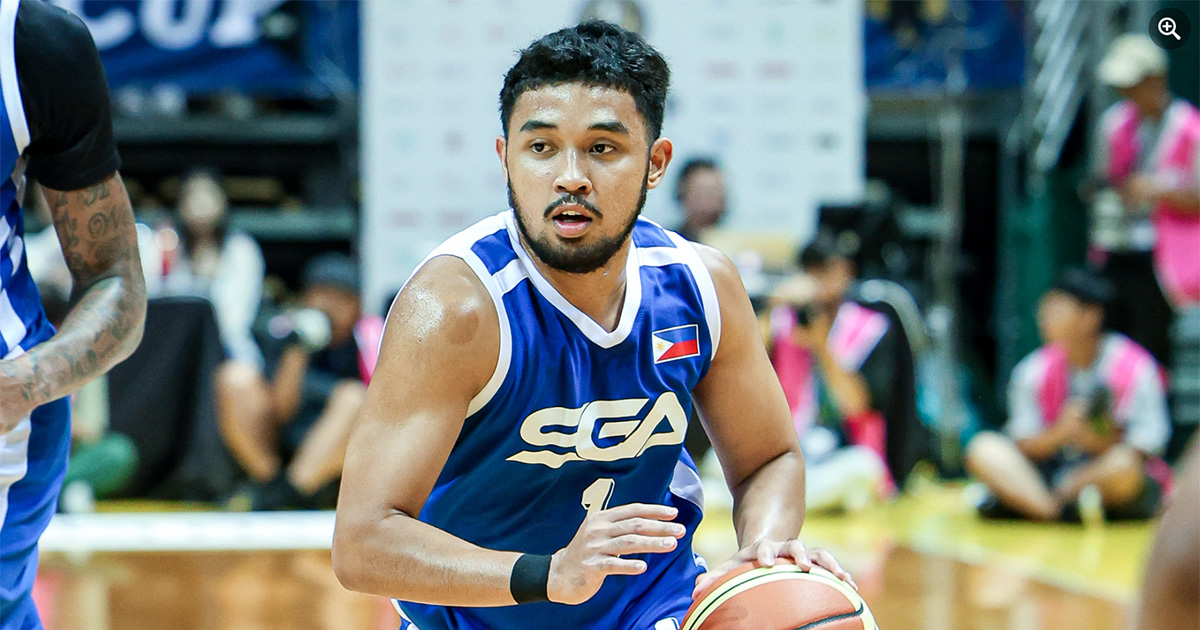Once upon a time, a mere slot in the FIBA World Cup for Gilas Pilipinas was already enough to make Filipinos fans jump for joy.
Today, participation trophies are no longer enough and these heightened expectations that have come about through the years should be welcomed rather than shunned.
Sure, a World Cup berth is no longer as elusive as it used to be back in 2014 when Gilas participated for the first time in 36 years. The field has since been expanded from 24 to 32 for the 2019 festivities which should make repeat appearances for the Philippines in the next few years much more attainable.
Gilas is now playing in its third consecutive World Cup and with the team hosting most of this year’s tournament, many expected much more from them–or at least from the team’s leadership for that matter. The Philippine technically “qualified” for this year’s World Cup almost six years ago when it was announced that the country would co-host the 2023 tourney back in December 2017.
This gave them years to prepare, yet in what has become typical fashion, the team representing the country was only cobbled together a few months before the World Cup ala Team USA. While this system might work for the NBA-heavy American roster, it is insanity to believe that it would too for a team such as Gilas that was ranked 40th in the latest FIBA World Rankings.
The lack of preparation for Gilas grew more and more apparent leading up to last night’s opening match. The coaching staff used their tune-up games this month to feel out the team while their rivals were already locked in with their final 12 players and fine tuning their system. Head coach Chot Reyes and his crew were so behind the curve that they were still unsure of the team’s final roster of 12 players two days prior to tip-off.
This facilitated unnecessary drama on who deserved the inconsequential last slot on the team, though this kind of telenovela-meets-noontime-show atmosphere has become typical for the Philippine Men’s National Basketball team.
Come the team’s opening match versus the Dominican Republic, their lack of preparation became quite evident as they fell short, 87-81, in what felt like a winnable game.
On a stage like the FIBA World Cup, an underdog team like Gilas needs to come in like every match is a do-or-die contest and deploy playoff-like short rotations. Instead, Reyes used 11 different players over the first half of the game. It was as if he was still in the midst of the feel out process with this group and looked like a coach conducting tryouts or getting to know a PBA team in the early stages of a new conference.
The promising system that the team was beginning to show in its build-up games in China earlier this month was predictably thrown out the window as well in favor of an isolation-heavy offense centered on Jordan Clarkson.
This ultimately cost the team the game as the players left on the court after the 2021 NBA Sixth Man of the Year fouled out late in the fourth quarter looked lost. Clarkson’s late arrival for this team did them no favors too as the 31-year-old guard only arrived this month which weighed on their preparation. This would have been fine if he was a rim-running center, but as the heart and soul of this team’s offense, having more preparation time is a must and not only a “nice to have”.
Though there are many negatives to take away from this whole process, there were definitely some bright spots in the loss to the Dominican Republic. This game was 23-year-old AJ Edu’s introduction to the average Gilas fan and the 6’10 center did not disappoint. He finished with what looks like a pedestrian seven points, five rebounds, and two blocks, yet he led the team in +/- at and provided the team with a defensive presence that it has never truly had.
Edu played his role to a tee as he methodically defended the Dominican Republic’s three-time NBA All-Star Karl-Anthony Towns. If one was told that the Philippines had a young big man who was trying to crack the NBA, an uninitiated observer would have thought that it was Edu who was the prospect instead of his former Batang Gilas teammate Kai Sotto who played less than two minutes.
Six-time PBA Most Valuable Player June Mar Fajardo showed up as well, hitting all five of his field goal attempts en route to finishing with 21 points and five rebounds. The 6’10 Fajardo was unafraid of posting up Towns and the rest of the Dominican Republic’s frontline as he proved that he is still among the best big men in Asia.
A third player who impressed in his limited minutes was 29-year-old guard Kiefer Ravena. Once the golden boy of Philippine basketball, Ravena has become one of the most polarizing figures in the local scene and his inclusion in this team was questioned by many.
However, he proved for the nth time that he is built for the grandest of stages with his performance against the Dominican Republic. Ravena played only seven minutes, but carried a calm and confident demeanor that translated into his performance. He finished with two points, two assists, and a steal and was one of only four players to finish with a positive +/- for the Philippines.
There is no short term fix for the problems that beset this program, though the best time to begin will always be the present rather than the future. The team’s preparation for the qualifiers of the 2024 France Olympics and even the next cycle of the FIBA World Cup should begin the moment this team ends its current run.
One important detail that could help is that a smaller pool should be in place and commitments to train together regularly must be made. This will lead into more consistency on the final roster that suits up in every window or tournament which will help bring about a familiarity that is clearly not there.
It may also be in the best interest of Gilas to permanently move on to a different coach given that Reyes’ presence has become somewhat of a sideshow with the many supporters who have grown disgruntled by his quotes and antics.
The tools for consistent success have been around for many decades now and the leadership behind Gilas needs to get its act together to avoid wasting the potential of yet another talented generation of Filipino players. The question has never been about the pieces, but whether or not they can have the discipline to plan for the long run instead of just the coming months ahead.

